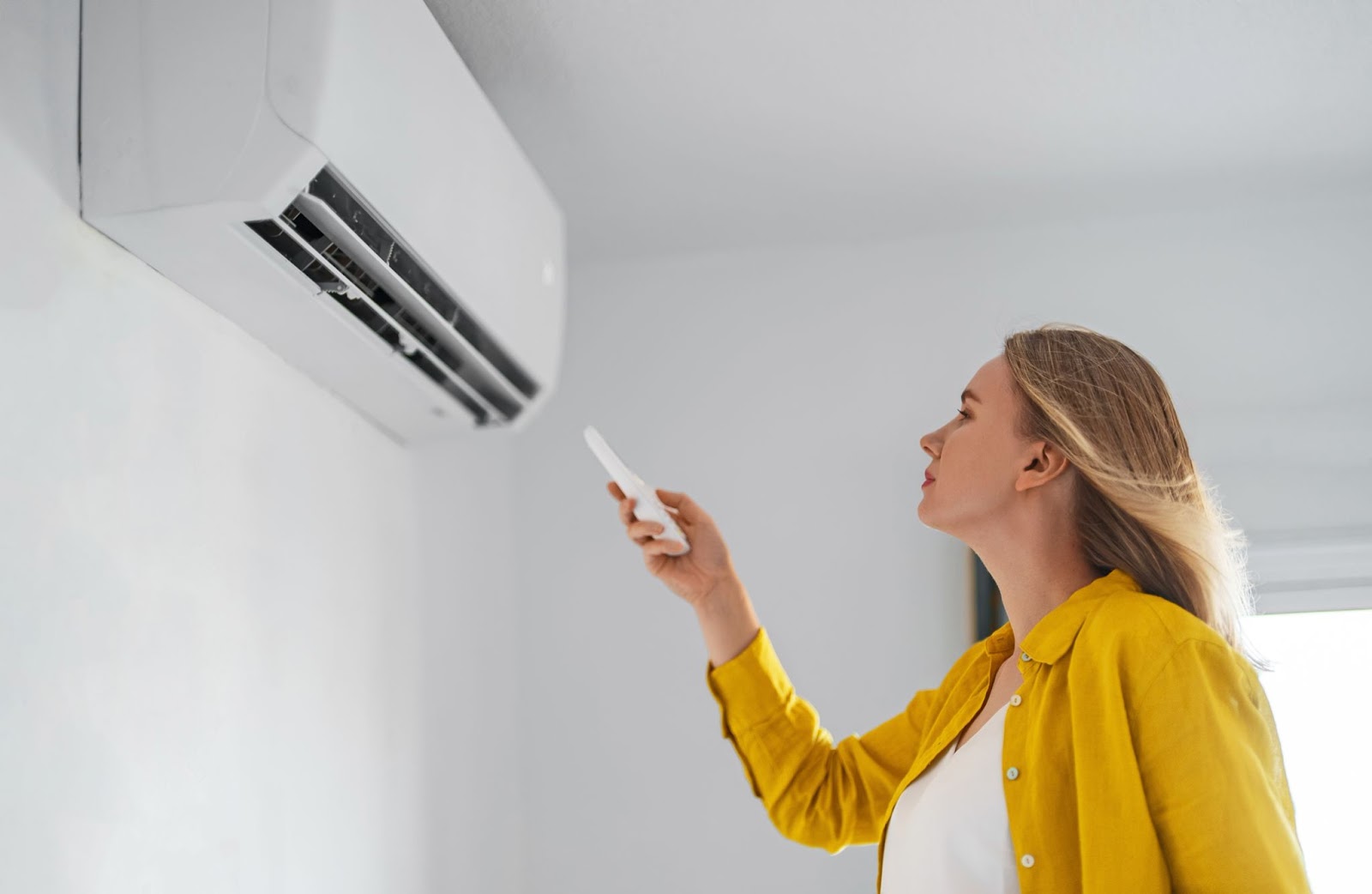The cooling capacity of air conditioners is measured in British Thermal Units (BTUs), which refers to the amount of heat an air conditioner can remove from a space in one hour. Choosing the right size AC unit for your space not only ensures optimal comfort but also improves energy efficiency, preventing you from overpaying on energy bills or dealing with inadequate cooling.
In this post, we’ll walk you through the steps to calculate the BTU requirements for your space, ensuring that you get the most out of your air conditioning system.
1. Measure the Area of Your Space
The first step in calculating the BTU requirement for your space is to determine the size of the room you want to cool. To do this, measure the length and width of the room in feet, and then multiply these numbers together to get the square footage. For example, if your room is 15 feet long and 10 feet wide, the total square footage is:
15 feet x 10 feet = 150 square feet
If you are cooling an entire home or a larger open space, you may need to calculate the square footage of multiple rooms and add them together.
2. Use a BTU Calculation Chart
Once you know the square footage of your space, the next step is to use a BTU chart to find the appropriate cooling capacity. Different room sizes require different amounts of cooling power, and a BTU chart can help you match the square footage of your space with the corresponding BTU rating. Below is a general guide:
| Room Size (sq. ft.) | BTU Requirements |
|---|---|
| Up to 150 | 5,000 |
| 150 – 250 | 6,000 |
| 250 – 300 | 7,000 |
| 300 – 350 | 8,000 |
| 350 – 400 | 9,000 |
| 400 – 450 | 10,000 |
| 450 – 550 | 12,000 |
| 550 – 700 | 14,000 |
| 700 – 1,000 | 18,000 |
| 1,000 – 1,200 | 21,000 |
Keep in mind that this chart provides rough estimates, and other factors can affect the final BTU requirement.
3. Consider Additional Factors
While square footage is a key factor in determining your BTU requirements, there are additional elements that can influence how much cooling power your space needs. Some of these factors include:
- Room Height: If your room has high ceilings, you’ll need a unit with more BTUs to account for the increased volume of air that needs to be cooled.
- Sunlight Exposure: Rooms that receive direct sunlight throughout the day will require more cooling power. Add approximately 10% to the BTU total for rooms with high sun exposure.
- Insulation Quality: Well-insulated rooms or homes retain cool air better, reducing the need for higher BTU ratings. On the other hand, poorly insulated spaces may require more cooling power.
- Number of Occupants: More people generate more body heat, which increases the cooling demand. If more than two people typically occupy the space, add 600 BTUs for each additional person.
- Appliances and Electronics: Heat-generating appliances like ovens or electronics can also increase the cooling load. In spaces like kitchens, you may need to add extra BTUs to compensate for this additional heat source.
4. Adjust Based on Room Type
The type of room you’re cooling also affects the BTU calculation. For example:
- Kitchens: Kitchens typically produce more heat due to the presence of stoves, ovens, and other appliances. It’s recommended to add at least 4,000 BTUs to the total when cooling a kitchen.
- High-Activity Rooms: Rooms like home gyms or spaces that experience frequent activity may also require additional cooling. Consider adding around 20% to the BTU total for such areas.
5. Use the Correct Formula
Now that you’ve considered the square footage and other factors, you can apply the final BTU formula to estimate the required cooling power:
BTUs required = Room Area (in square feet) x 25 BTUs per square foot
This simple rule of thumb provides a general estimate, but don’t forget to adjust for the factors we discussed, such as sunlight, ceiling height, and occupancy.
For instance, for a room that is 350 square feet with moderate sunlight exposure and two additional occupants, you might calculate:
BTUs required = 350 x 25 = 8,750 + 875 (sunlight adjustment) + 600 (occupants adjustment) = 10,225 BTUs
In this example, you would round up to a 10,000 BTU air conditioning unit.
6. Avoid Over or Under Sizing
It’s important not to select an air conditioner that’s too large or too small for your space. An undersized unit will struggle to cool the room, leading to higher energy consumption and an uncomfortable indoor environment. On the other hand, an oversized unit will cycle on and off frequently, which can lead to uneven cooling and unnecessary wear on the system.
Properly sizing your air conditioning unit ensures that it operates efficiently, providing consistent comfort without wasting energy.
Conclusion
Getting the correct BTU requirements for your space will help you select the right air conditioning system.
For professional guidance on selecting and installing the right air conditioning system for your home or business, Ellis Refrigeration is here to help. Based in Dorset and serving the Hampshire, Somerset, and Wiltshire areas, we offer expert air conditioning services to keep your environment comfortable year-round. Call us today at 03330910328 for more information or to schedule a consultation.
